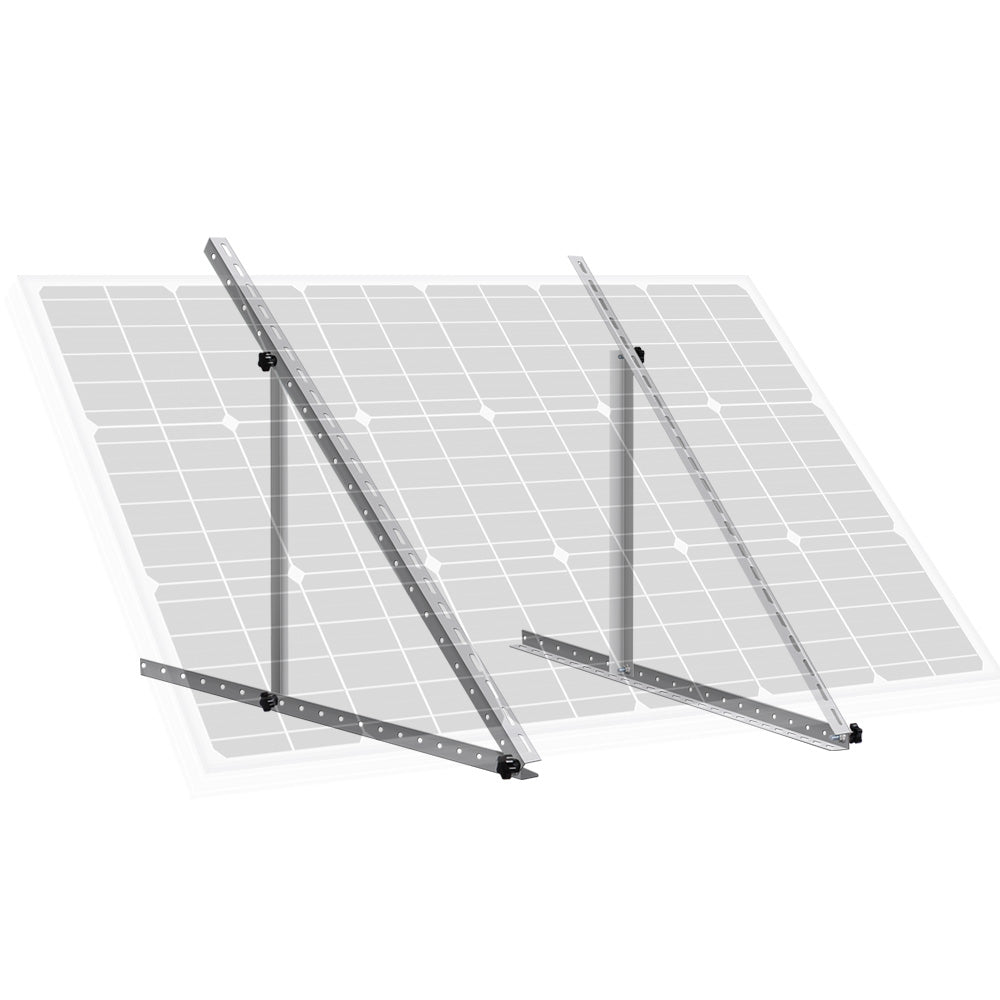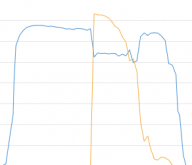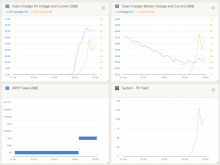My wife and I bought an older RV in rough shape that we are renovating. We saved a bundle on the purchase price so we have money in our budget to spend on a powerful-ish solar system.
Panels:
4x LONGi LR4-72HPH 440Watt
Voc: 48.9, Isc: 11.46 A
Each wired in series with a mate, then the 2 pairs in parallel.
Will be mounted to (manually) tilt with the sun.
All-in-one Alternator + Charge Controller:
Growatt 24V SPF 3000TL
Battery Bank:
6x 100ah SOK 12V Lithium
Each wired in series with a mate, then the 3 pairs in parallel.
Generator Backup:
Honda EU2200i -or- Yamaha EF2400i
Coach power system will not be connected to the engine. A DC-to-DC converter will step down the battery bank for the 12V RV accessories.
What is the consensus on large panels like these? The 4 large panels are much cheaper than lots of 100/200W panels. The panels are less than 1/3rd the price of the batteries.
Will I get a small percentage of the 1700W during the beginning/end hours of daylight or none at all?
Thanks for any advice.
Panels:
4x LONGi LR4-72HPH 440Watt
Voc: 48.9, Isc: 11.46 A
Each wired in series with a mate, then the 2 pairs in parallel.
Will be mounted to (manually) tilt with the sun.
All-in-one Alternator + Charge Controller:
Growatt 24V SPF 3000TL
Battery Bank:
6x 100ah SOK 12V Lithium
Each wired in series with a mate, then the 3 pairs in parallel.
Generator Backup:
Honda EU2200i -or- Yamaha EF2400i
Coach power system will not be connected to the engine. A DC-to-DC converter will step down the battery bank for the 12V RV accessories.
What is the consensus on large panels like these? The 4 large panels are much cheaper than lots of 100/200W panels. The panels are less than 1/3rd the price of the batteries.
Will I get a small percentage of the 1700W during the beginning/end hours of daylight or none at all?
Thanks for any advice.









